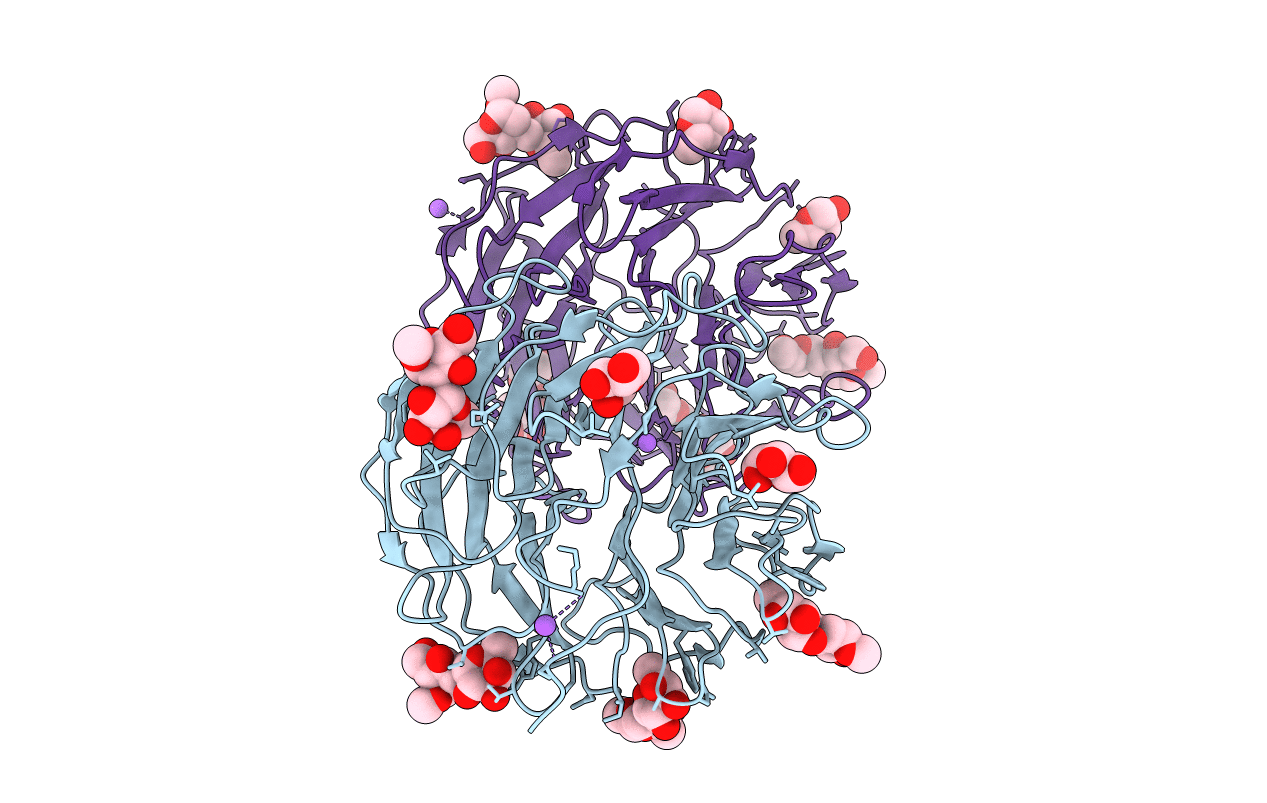
Deposition Date
2018-01-28
Release Date
2019-02-06
Last Version Date
2024-10-16
Entry Detail
PDB ID:
6FLU
Keywords:
Title:
Photorhabdus asymbiotica lectin (PHL) in complex with synthetic C-fucoside
Biological Source:
Source Organism:
Host Organism:
Method Details:
Experimental Method:
Resolution:
1.78 Å
R-Value Free:
0.22
R-Value Work:
0.18
R-Value Observed:
0.18
Space Group:
P 32 2 1


